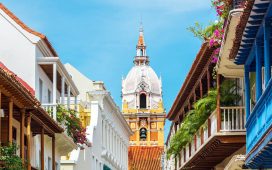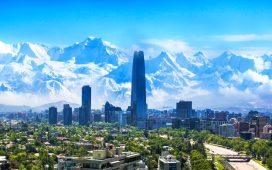La Paz, Bolivia is unlike any other capital city in the world. Draped dramatically across a steep canyon and sprawling upward toward the surrounding altiplano, it feels both chaotic and magical, modern yet ancient, dizzying in both altitude and energy. At over 3,600 meters (11,800 ft), simply walking its streets becomes an adventure, as colonial plazas give way to bustling markets, indigenous traditions sit side by side with bold architecture, and every turn reveals a view of snow-dusted Mount Illimani watching over the city. La Paz isn’t just a destination—it’s an experience of contrasts, where history, culture, and geography come together in unforgettable ways.
History
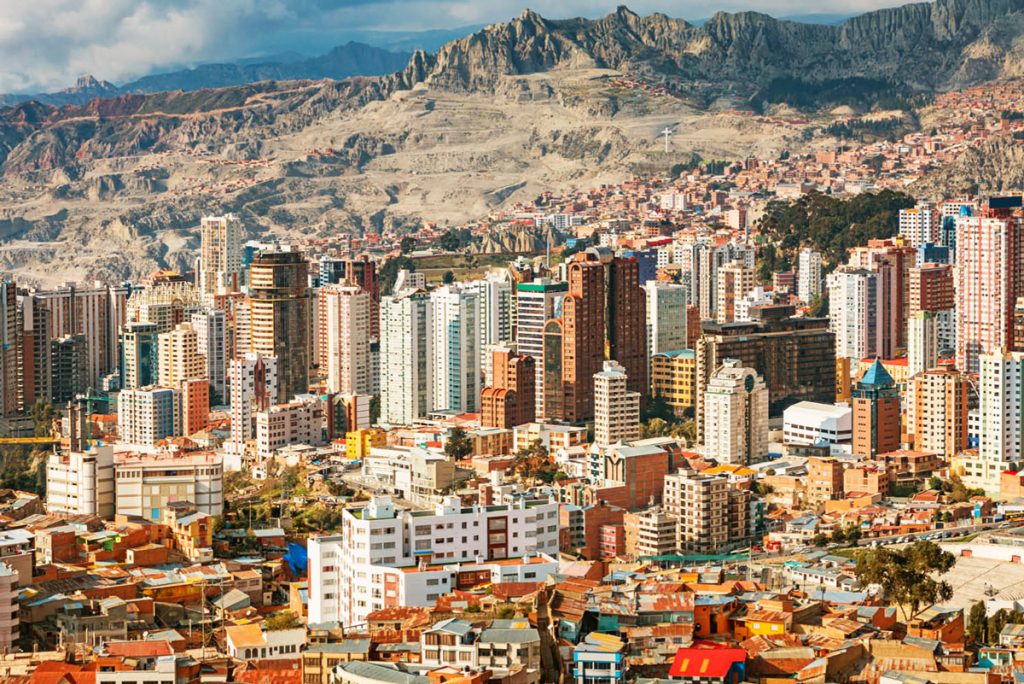
To understand La Paz, you must look beneath its surface, where centuries of indigenous, colonial, and revolutionary history still shape its identity. The area was originally inhabited by the Aymara people, who were later absorbed into the Inca Empire before the Spanish founded the city in 1548. It quickly grew into a strategic colonial outpost, connecting the riches of Potosí’s silver mines to the rest of the empire. Over time, La Paz became a cradle of resistance, playing key roles in Bolivia’s independence movements and social transformations. Walking through the city today, you feel those layers of history—indigenous traditions alive in the streets, Spanish architecture on the plazas, and the pulse of modern Bolivia asserting itself proudly.
Landmarks & Architecture
La Paz is a city of extremes, and nowhere is this clearer than in its landmarks and architecture. The city’s colonial past is written in stone facades, while modernist towers climb the valley walls, and El Alto’s futuristic “cholets” blaze with color and cultural symbolism. Every building tells a story, and exploring them reveals both La Paz’s past and its ambitions for the future.

- Plaza Murillo – The city’s historic heart, where the Presidential Palace and National Congress stand, filled with pigeons, locals, and political energy.
- San Francisco Church – A grand example of mestizo-baroque design, its ornate facade reflects the fusion of indigenous and European artistry.
- Jaén Street – A preserved colonial street, its brightly painted houses now host artisan workshops and intimate museums.
- Cholet Architecture in El Alto – Eye-popping cultural palaces designed by Freddy Mamani, representing the bold resurgence of Aymara identity.
- Mercado Rodríguez – One of the city’s oldest and most important traditional markets, where locals shop for produce, textiles, and everyday essentials—an authentic snapshot of La Paz’s cultural heartbeat.

Spotlight: The Witches’ Market
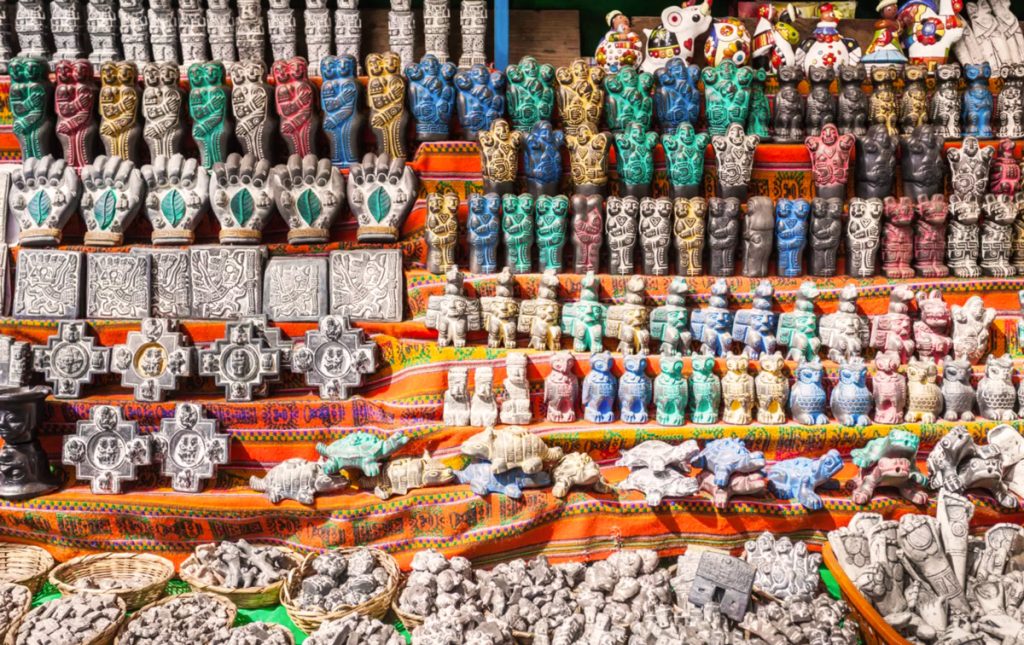
There are few places in the world as unusual and captivating as La Paz’s Witches’ Market. This bustling stretch of shops and stalls embodies the city’s deep connection to indigenous spirituality and traditional Andean beliefs. Here you’ll find dried herbs, carved amulets, and coca products sitting beside more unusual offerings like llama fetuses, used in Pachamama rituals. Whether you’re browsing curiously or learning directly from yatiri (traditional healers), the market captures La Paz’s ability to weave mysticism into daily life. It’s a place where ancient traditions meet modern curiosity, and one of the city’s most distinctive highlights.
Museums & Culture
The culture of La Paz runs deep, blending art, folklore, spirituality, and modern innovation. Exploring the city’s museums is a window into the Bolivian soul, offering travelers the chance to connect with stories that shape everyday life here. From sacred coca leaves to dazzling textiles and contemporary art, La Paz’s cultural institutions give meaning to the city’s unique identity.
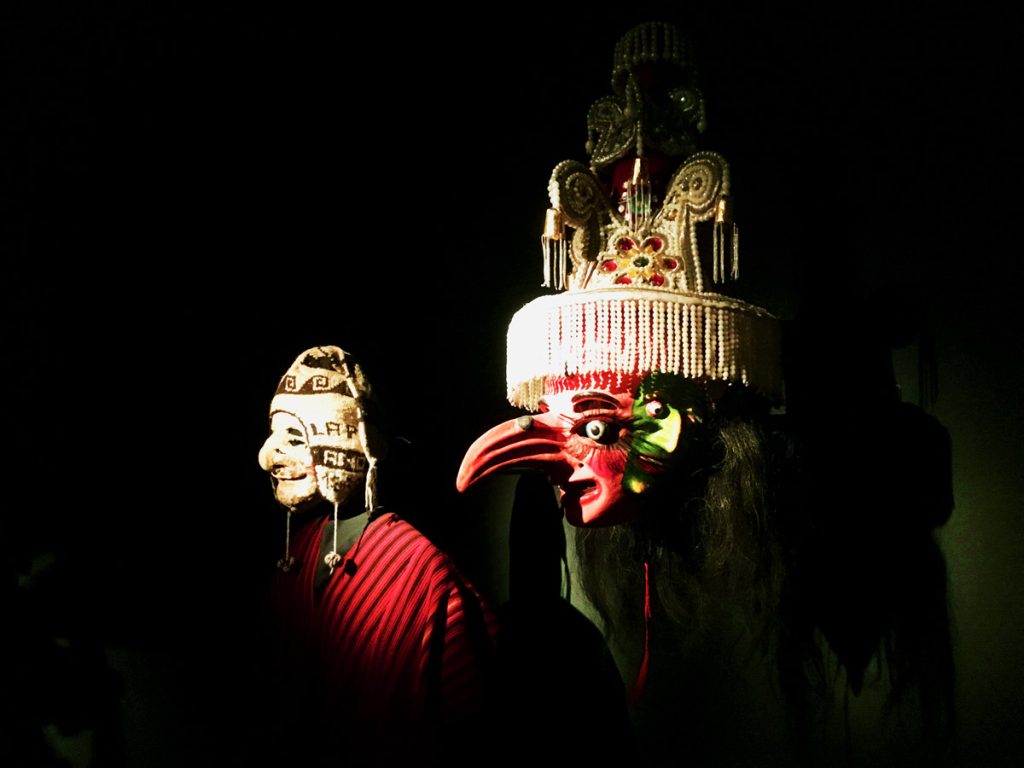
- MUSEF (National Museum of Ethnography and Folklore) – Celebrating Bolivia’s diverse ethnic traditions, from weavings to ritual objects.
- Museo de la Coca – A fascinating look at the coca plant, a sacred Andean staple central to history, politics, and daily life.
- Museo Nacional de Arte – Showcasing centuries of Bolivian creativity, housed in a beautifully preserved colonial palace.

Neighborhoods
La Paz is made up of distinct neighborhoods, each with its own rhythm and personality. Exploring them reveals the city’s diversity, from trendy bohemian enclaves to traditional markets buzzing with local life.
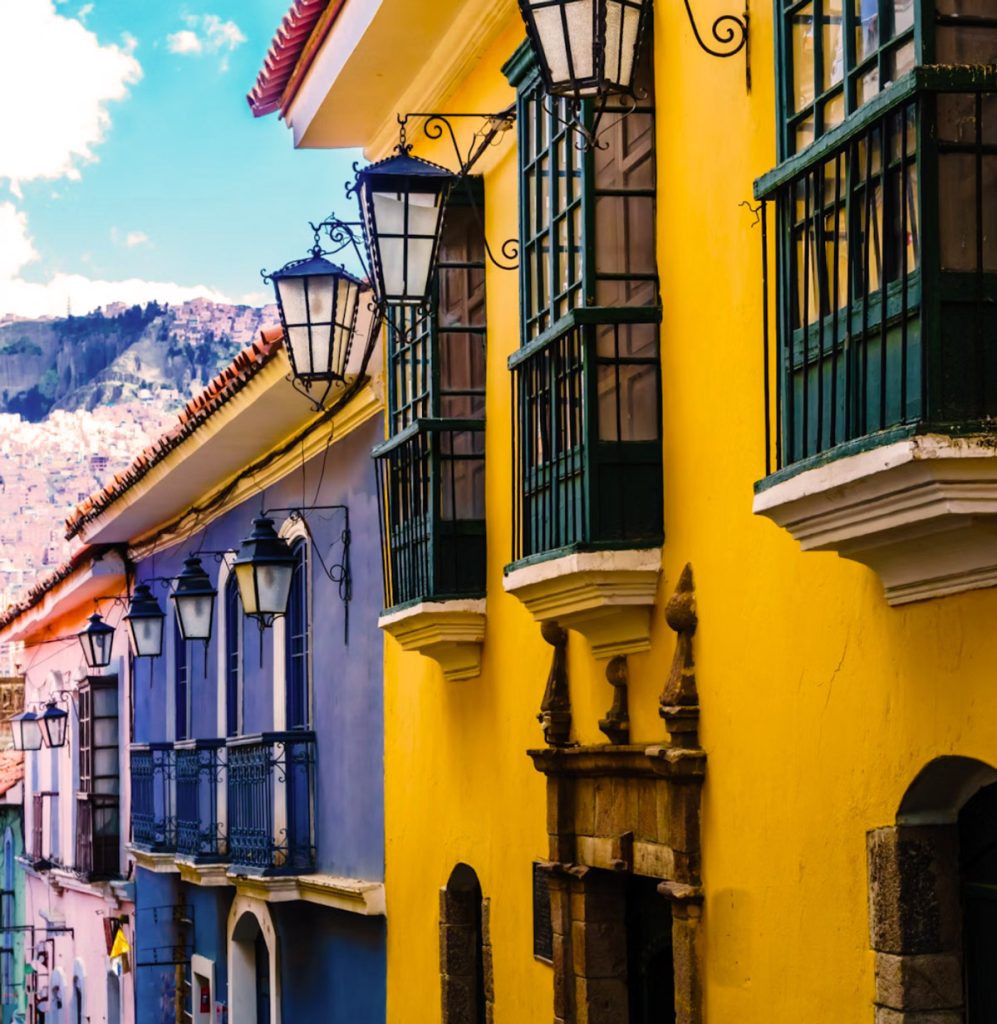
- Sopocachi – A cultural hub filled with hip cafes, bars, and art galleries, perfect for a night out.
- San Pedro – Home to the famous San Pedro Prison and vibrant street markets, this area mixes intrigue and daily hustle.
- Calle Sagárnaga & Linares – The heart of the tourist scene, where artisan shops and hostels mix with easy access to the Witches’ Market.
- El Alto – Perched above La Paz, this sprawling high-altitude city offers dramatic views, huge open-air markets, and colorful cholets.

Hidden Gems
Beyond its famous attractions, La Paz is full of surprises that reward curious travelers. These hidden gems show the playful, spiritual, and adventurous sides of the city:

- Cholitas Wrestling – A lively and theatrical experience where indigenous women wrestle in traditional dress, blending performance and empowerment.
- Killi Killi Viewpoint – A quieter spot for breathtaking panoramic views of the valley and Mount Illimani.
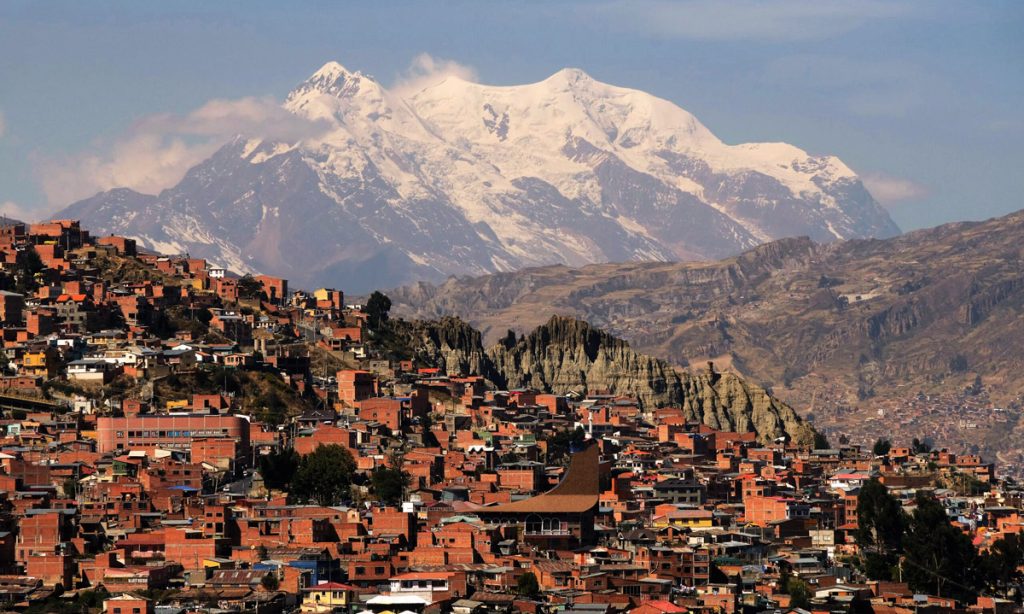
Food & Dining
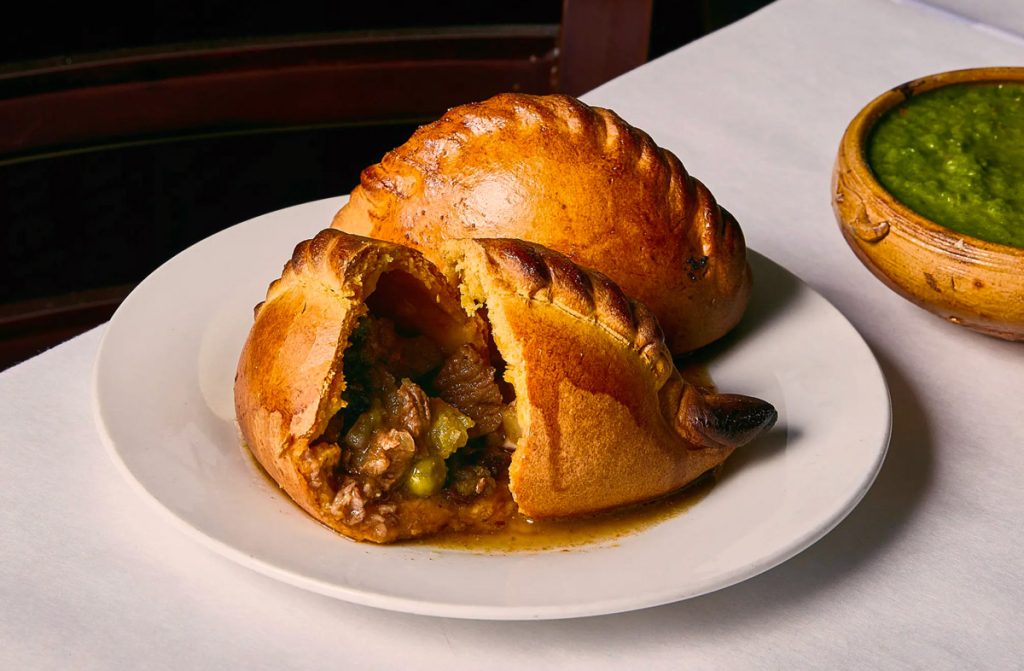
La Paz’s dining scene is a celebration of Bolivia’s natural bounty, ranging from bustling street food stalls to avant-garde restaurants that have gained international attention. Eating here is about discovery—whether it’s savoring the warmth of a freshly fried pastel with api, or sampling native Amazonian ingredients reimagined for fine dining.

- Ancestral – Known for its use of traditional cooking methods and open-fire grilling, Ancestral honors Bolivian heritage with rustic sophistication.
- Phayawi – A rising star in La Paz’s culinary scene, focusing on native products and inventive presentations.
- Luciernagas – A charming restaurant offering creative spins on Bolivian classics in an intimate setting.

- Gustu – A trailblazer in Bolivia’s culinary renaissance, this restaurant highlights native ingredients with global techniques, consistently ranked among South America’s best.
- Popular Cocina Boliviana – Elevated street food favorites brought into a stylish and playful dining environment.
- Street Eats – Don’t miss salteñas, anticuchos, tucumanas, and api con pastel for a taste of daily Bolivian life.
Day Trips from La Paz
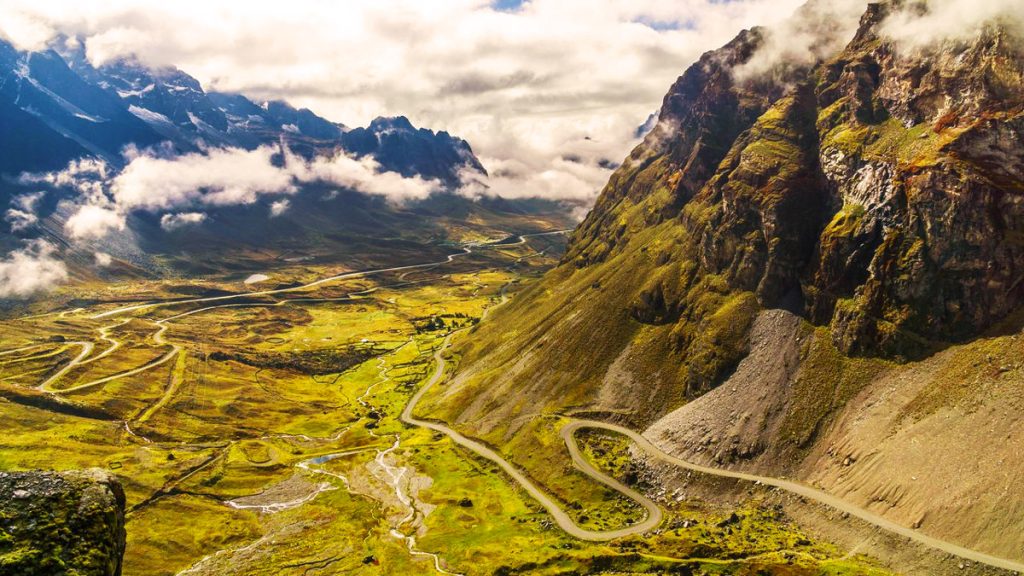
La Paz is an excellent launchpad for exploring some of Bolivia’s most awe-inspiring landscapes and historic sites. Each day trip offers a new adventure, revealing the country’s diverse natural and cultural treasures.
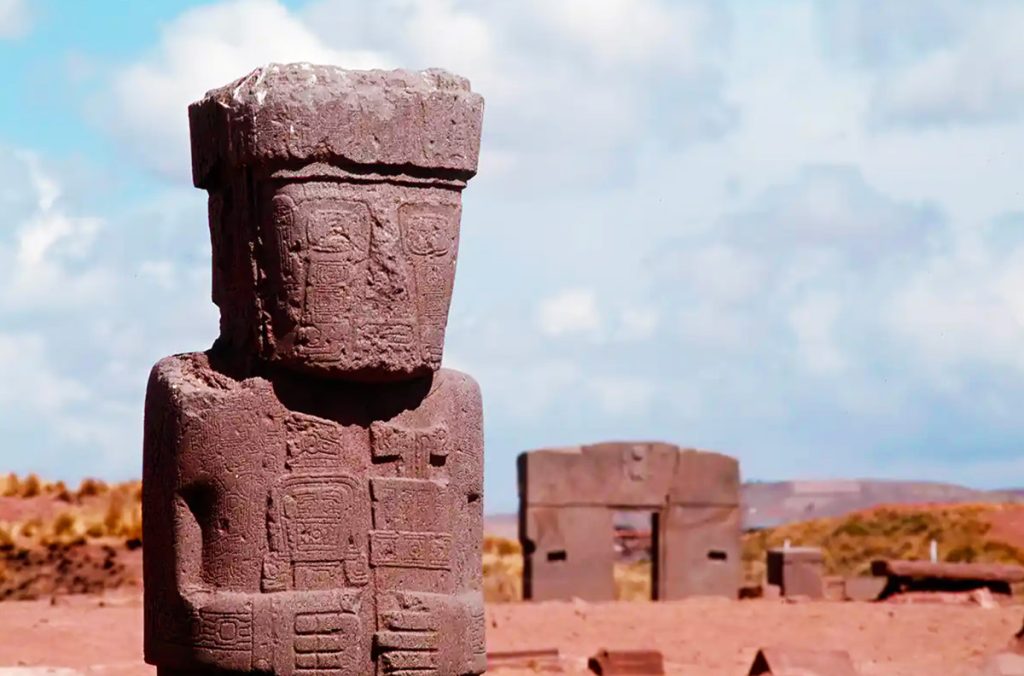
- Tiwanaku – An ancient pre-Inca archaeological site and UNESCO World Heritage treasure.
- Death Road (Yungas Road) – A once-infamous highway turned into a thrill-seeking mountain biking route.
- Chacaltaya Glacier & Huayna Potosí – High-altitude excursions for trekkers and mountaineers craving dramatic Andean landscapes.

- Lake Titicaca & Isla del Sol – Journey to the sacred high-altitude lake, brimming with legends and stunning views.
- Valle de la Luna (Moon Valley) – Just a short drive from the city, this otherworldly landscape of jagged clay formations and surreal rock spires looks like something from another planet. Its trails wind through canyons and ridges, offering dramatic views and a striking reminder of Bolivia’s geological diversity.

Getting Around
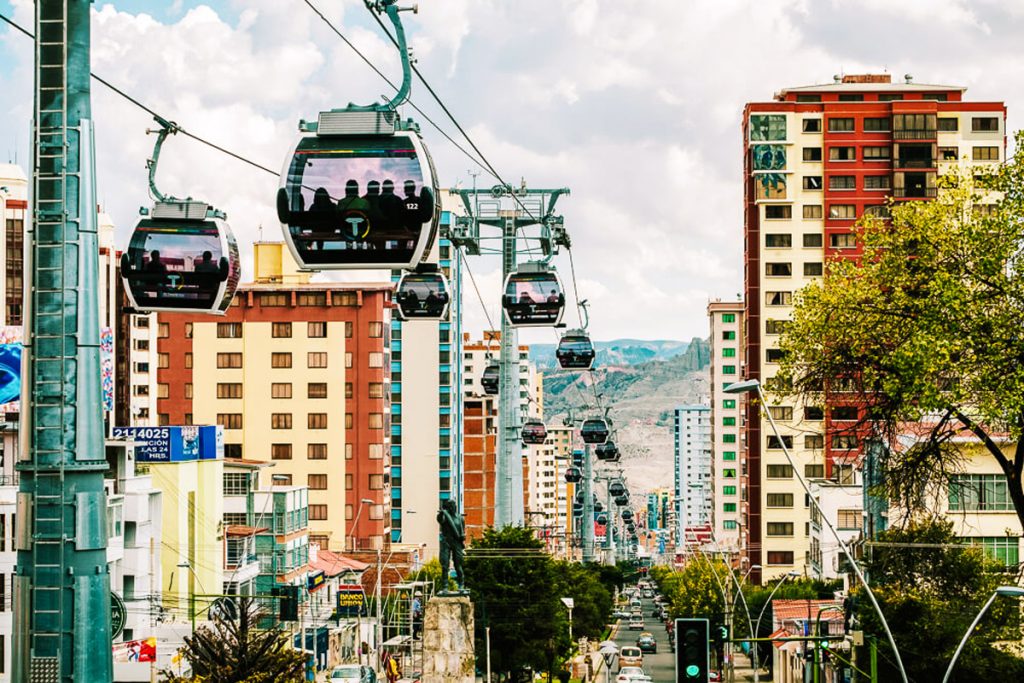
Getting around La Paz can be as memorable as the destinations themselves. The city’s steep geography has inspired innovative transport solutions, with the highlight being Mi Teleférico, the world’s largest urban cable car network. It not only connects neighborhoods and El Alto but also provides jaw-dropping views of the valley below. On the ground, minibuses and shared taxis dominate, offering cheap but sometimes confusing routes for newcomers. Traditional taxis are available but should be booked through trusted providers. Walking through central districts is rewarding, though the altitude and inclines make it a workout. Simply moving around La Paz feels like a cultural experience in its own right.
Where to Stay
From luxury suites to sociable hostels, La Paz has accommodations to fit every type of traveler. The best choice often depends on whether you prefer the bustling central districts, the nightlife of Sopocachi, or the calmer, modern comforts of Zona Sur.
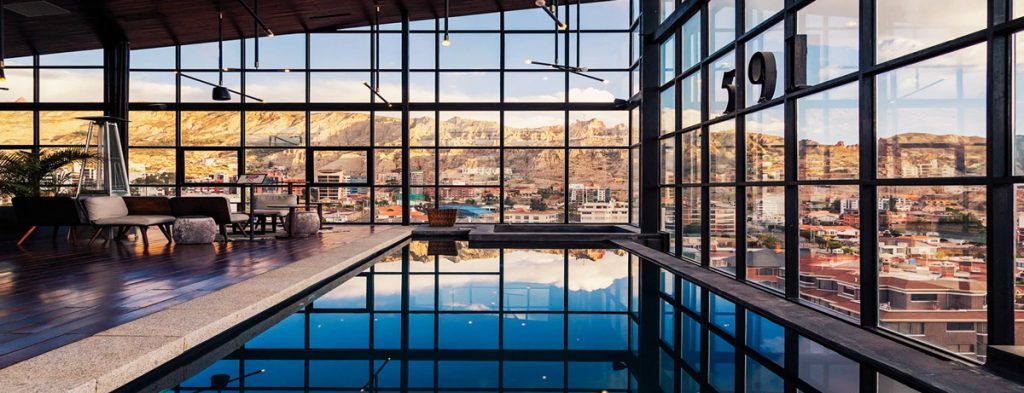
- Boutique – Atix Hotel in Calacoto blends modern design with Bolivian art, offering a stylish and cultural stay.
- Luxury – Casa Grande Hotel, with contemporary design and top-class amenities, offers a tranquil escape from the city center.
- Budget-Friendly – Adventure Brew Hostel, beloved by backpackers, combines affordability with a lively, social atmosphere.
Practical Tips
La Paz’s high altitude and unique climate require preparation. Take time to acclimate before tackling strenuous activities, stay hydrated, and enjoy coca tea to help ease altitude symptoms. Carry cash for markets and street vendors, and dress in layers for the city’s cool mornings and warm afternoons. Visiting between May and October ensures clearer skies for both urban exploration and adventurous day trips.
Final Thoughts
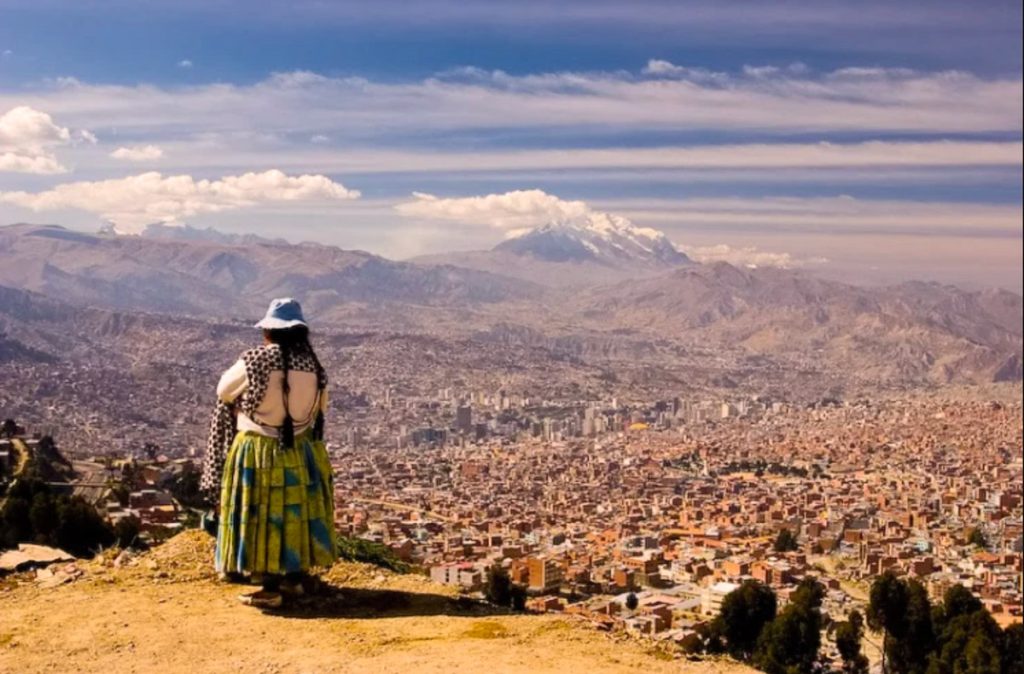
La Paz is not just Bolivia’s capital—it’s a city of dualities and discoveries. Suspended between the earth and sky, tradition and modernity, La Paz challenges travelers with its altitude but rewards them with its authenticity. From iconic markets to world-class restaurants, from mystical rituals to futuristic cable cars, the city is a kaleidoscope of experiences. For those who seek a destination that’s raw, real, and endlessly surprising, La Paz delivers in ways few cities can.


